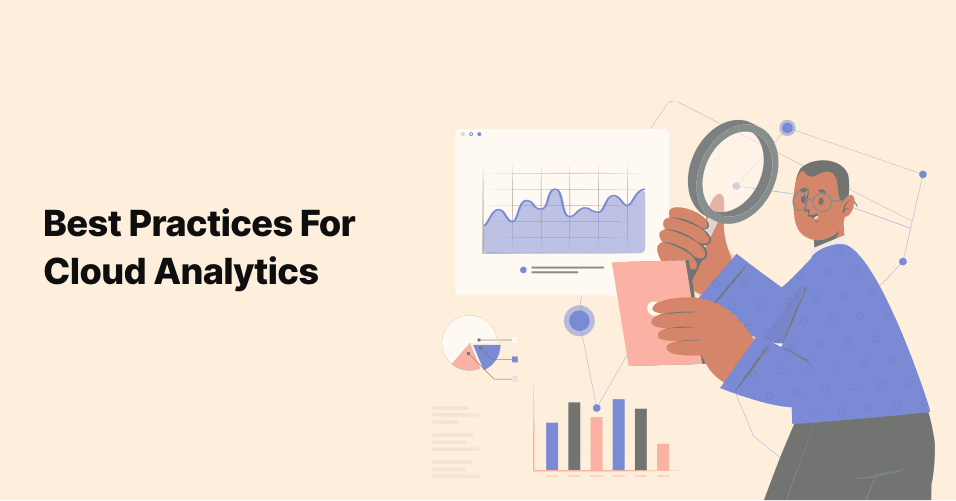
3 Best Practices To Get Cloud Analytics Right
The venture of implementing cloud analytics is a big one for healthcare organizations. The effort is enormous, …

Picture a world in which physicians receive advanced alerts for potentially life-threatening illnesses like cancer or heart disease before they manifest. It might sound like a plot from a science fiction film, but this is no longer just imagination. We now live in the era of predictive analytics, revolutionizing patient care as we know it.
A recent study featured in the American Journal of Managed Care found that predictive analytics led to a 20% decrease in readmissions among Medicare Advantage patients. Improvements in data mining techniques and machine learning models are the driving force behind this feat.
Predictive analytics enables healthcare institutions to proactively identify the risk factors associated with patient health and tackle potential issues before they worsen. The primary advantages for patients include empowering care teams to:
This proactive approach improves care quality and empowers patients to take control of their health journey by fostering early intervention and preventive measures. Moreover, predictive analytics catalyzes efficiency and cost-effectiveness within healthcare systems.
The amount of data generated daily by healthcare facilities is staggering. A 2023 Health Tech Magazine report reveals a typical US healthcare facility churns nearly 50 petabytes of data annually!
Healthcare Information Technology (HIT) experts serve as the wizards who extract invaluable insights from the data deluge using the power of analytics. They analyze patient health records, diagnoses, treatments, genomic sequencing, medical research, smart devices, wearables, and more to provide care teams with valuable insights. These insights are pivotal for enhancing care quality, streamlining resource allocation, optimizing care pathways, and reducing unnecessary expenditures.
Predictive analytics emerges as a beacon of hope in this data-driven landscape, leveraging advanced computer models, algorithms, and statistical techniques to unlock the potential hidden within healthcare datasets. Data scientists harness their domain knowledge and technical expertise to identify patterns in patient populations, detect mutations, automate workflows, prevent disease outbreaks, improve patient outcomes, and forecast healthcare utilization patterns.
With predictive analytics, healthcare organizations can efficiently navigate modern healthcare delivery complexities. By harnessing the power of data, they pave the way for a future where healthcare is not just reactive but proactive, where resources are allocated wisely, and every patient receives timely and tailored care. Welcome to the era of predictive analytics in healthcare data, where insights drive innovation and transform lives!
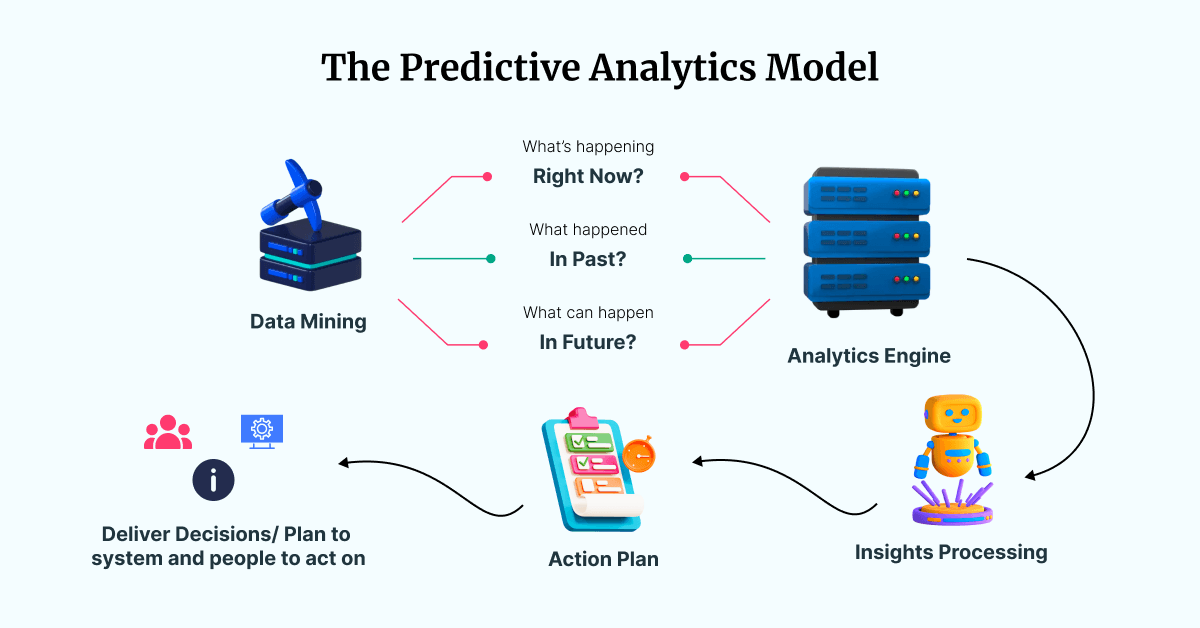
Data Collection: The preliminary stage involves comprehensive patient data gathering, encompassing various factors such as patient demographics, medical history, and diagnostic tests, forming a robust dataset for analysis. This data is essential for the healthcare industry since it has the potential to drive various tools capable of helping providers deliver better care and patients to be at the center of their care process.
Data Scrubbing: Following data collection and organization, a thorough examination and refinement process is undertaken to eliminate errors, inconsistencies, and redundancies. This meticulous process ensures the dataset's accuracy and reliability.
Model Development: Tailored predictive models are then crafted and plugged into the cleansed data to address specific healthcare objectives using advanced algorithms and techniques. Models based on predictive and prescriptive analytics are developed with the expertise of data scientists to leverage the potential of various data elements.
Model Training: Through iterative processes, the model, also known as the rules and recommendation engine, is optimized and 'trained' using historical data. This exhaustive training process enhances the model's accuracy and predictive capabilities. Many health systems use tools such as Map Reduce, Spark, Splunk, and Skytree to analyze large data sets.
Integration: The model is seamlessly integrated into clinical workflows, once finalized and proven effective. This enables healthcare professionals to make informed decisions and take proactive actions based on the predictions provided.
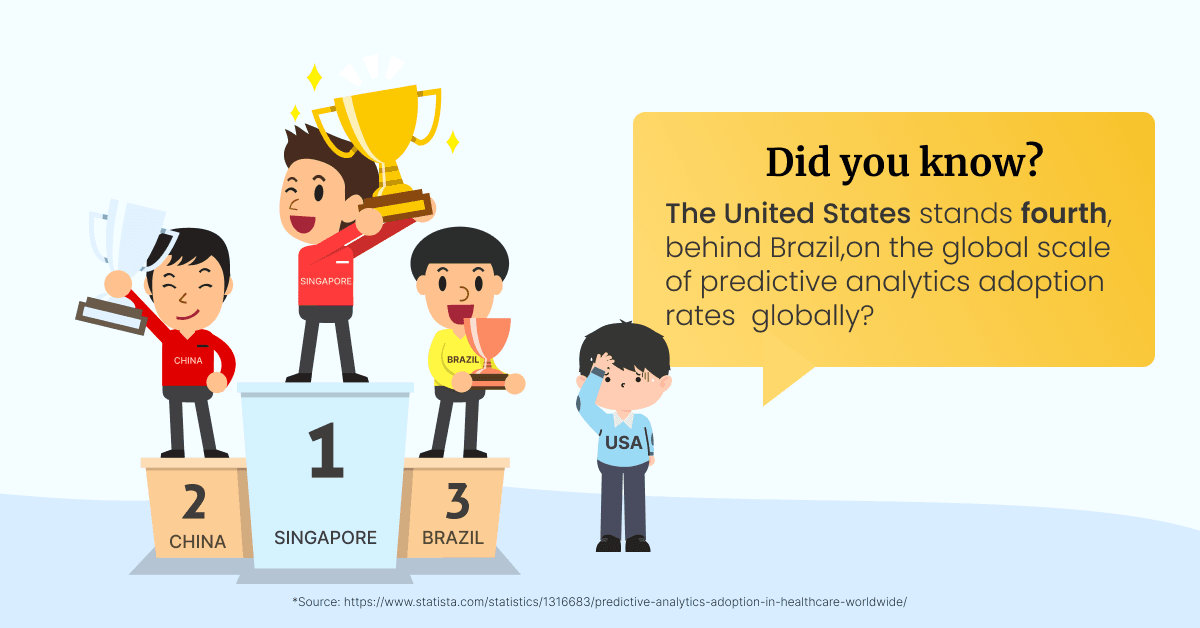
Predictive analytics finds application across diverse healthcare domains. Here are some of the most widely used use cases across the healthcare industry.
Predictive analytics is used across diverse healthcare domains. Here are some of its most prevalent use cases.
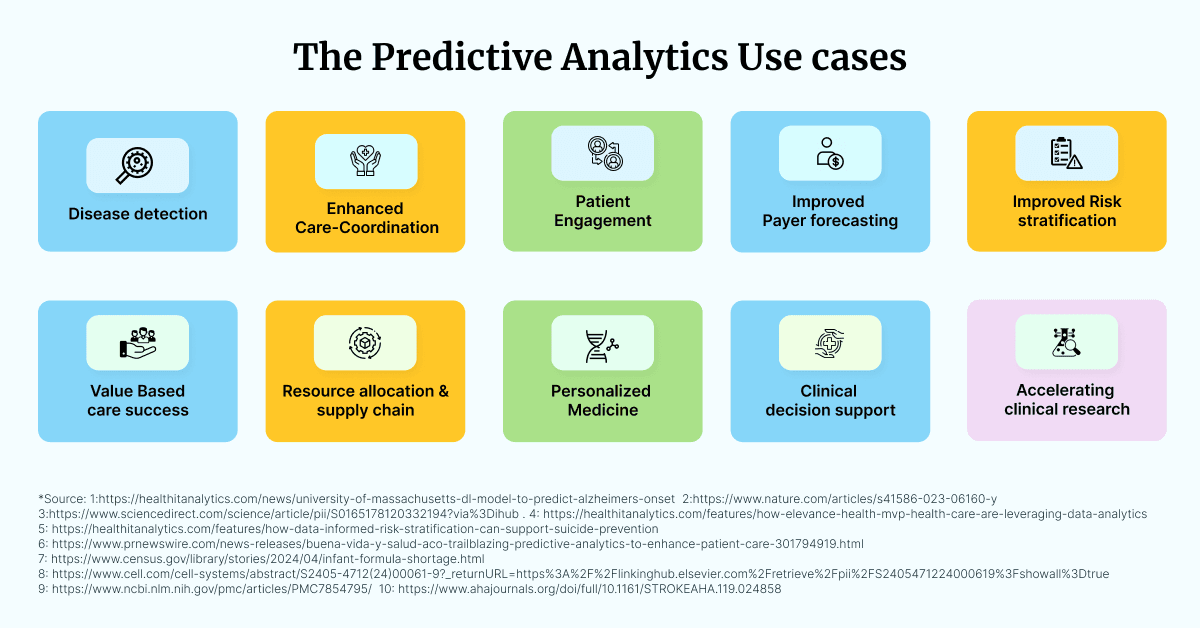
Remember how we mentioned the ability to predict illnesses in patients long before they manifest? Precision medicine is now a reality thanks to predictive analytics. Precision medicine tailors medical interventions to individual patient characteristics to forecast health outcomes and evaluate disease risks.
Precision medicine and predictive analytics mark a paradigm shift toward preventive healthcare interventions. The synergy between precision medicine and predictive analytics holds immense potential for transforming healthcare delivery. Here are some of the 'superpowers' precision medicine provides to care teams:
Personalizing Care to Intervene Preventatively: Personalized care has been a working concept for over a decade. It leverages data from EHR applications to implement the Department of Health and Human Sciences (HHS) vision to deliver customized care that treats patients, not just their ailments. Improvements in predictive analytics take it to the next level, enabling care providers to intervene before diseases can manifest preemptively.
Shifting from Reactive to Proactive Healthcare Models: Healthcare professionals have historically addressed illnesses after patients exhibit symptoms. Precision medicine allows providers to embrace the adage, 'prevention is better than cure,' by focusing on proactive measures.
Precision in Prediction: Harnessing granular patient data and advanced analytics to generate precise prognostic models represents a big leap forward. The accuracy of precision medicine was a dream not more than just a decade ago.
Understanding the Patient Journey: Precision medicine revolutionizes the understanding of the patient journey by leveraging detailed genetic, molecular, and lifestyle data to tailor treatments specific to each individual. This personalized approach ultimately leads to a more holistic understanding of health and illness throughout the patient's life journey.
The integration of predictive analytics and precision medicine heralds a transformative era in healthcare delivery, poised to become the future standard. By harnessing predictive insights, healthcare stakeholders can revolutionize patient care, elevate clinical outcomes, and optimize efficiencies across the healthcare continuum.
This transformative approach promises a future where healthcare is truly personalized, proactive, and precision-driven. As we navigate toward the future, the possibilities are boundless. With predictive analytics and precision medicine as our guiding lights, we can pave the way for a healthcare ecosystem where every patient receives the proper care at the right time and in the most effective manner possible. Welcome to the future of healthcare – where innovation meets compassion, and every individual's health journey is truly unique!
Learn more about 314e’s healthcare data analytics services.
Join over 3,200 subscribers and keep up-to-date with the latest innovations & best practices in Healthcare IT.

The venture of implementing cloud analytics is a big one for healthcare organizations. The effort is enormous, …
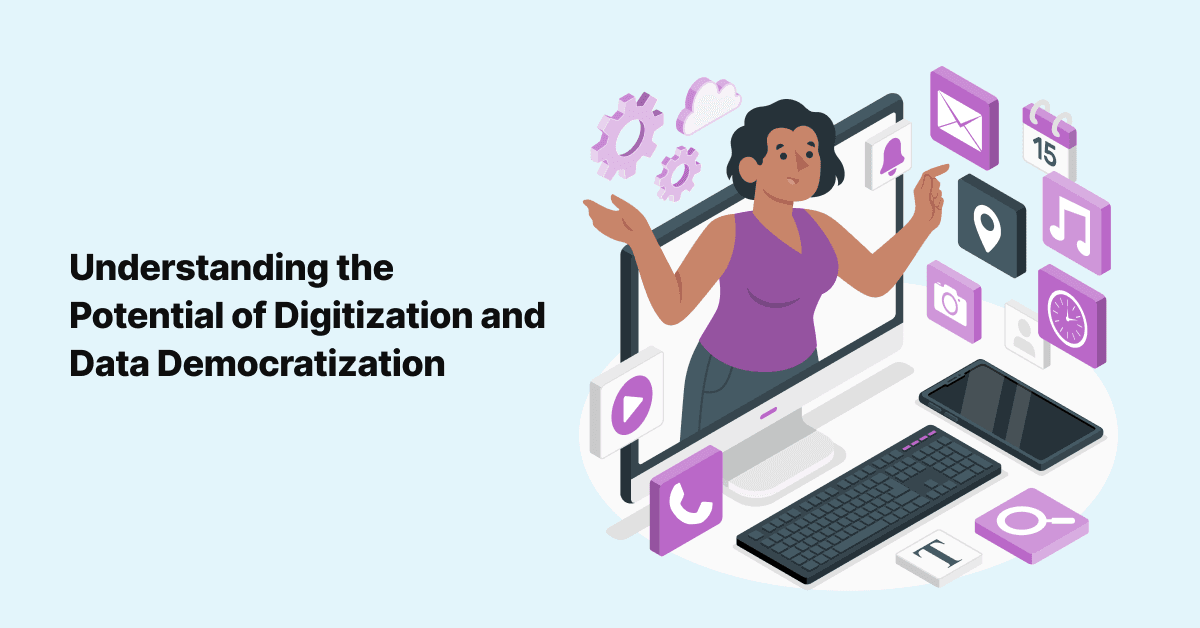
The global personalized medicine market size was valued at USD 538.93 billion in 2022 and is projected to …
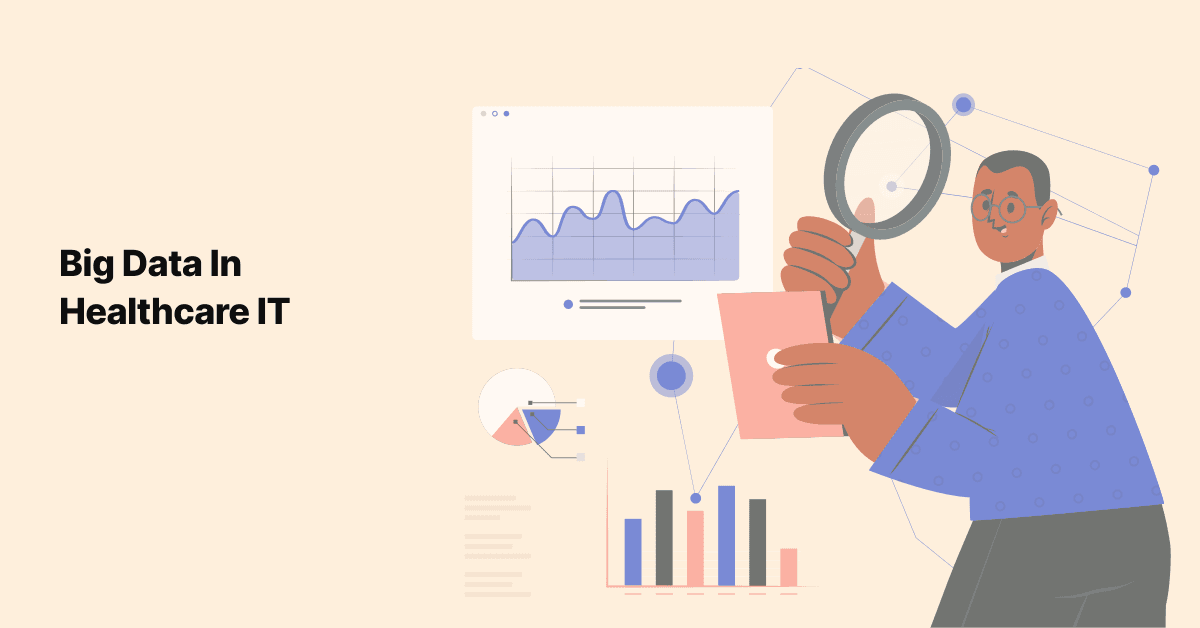
We are most definitely in the age of data as a currency all its own. Where some data is good, more is …